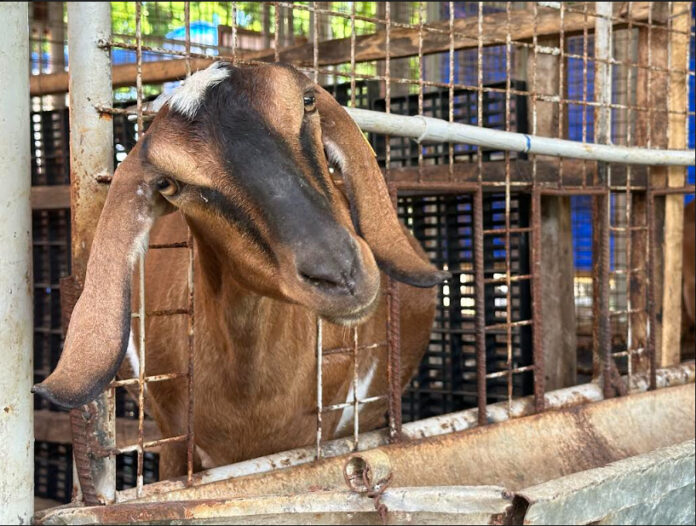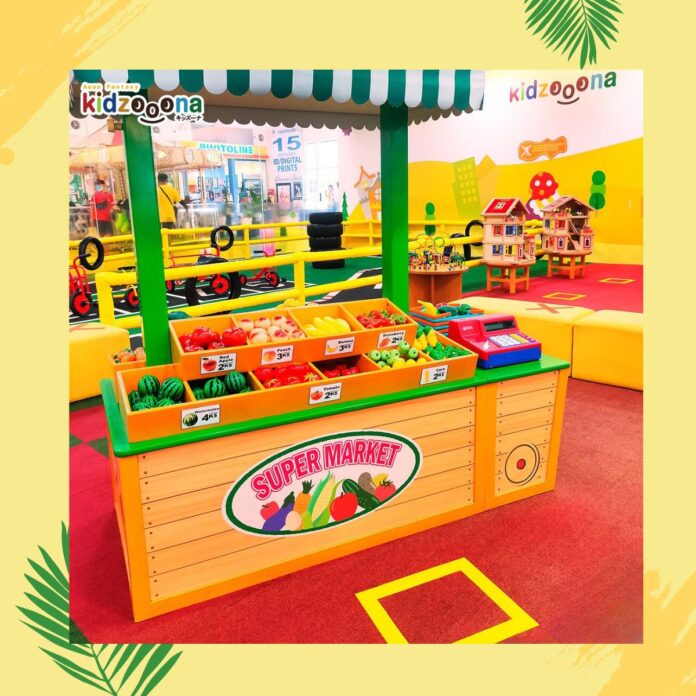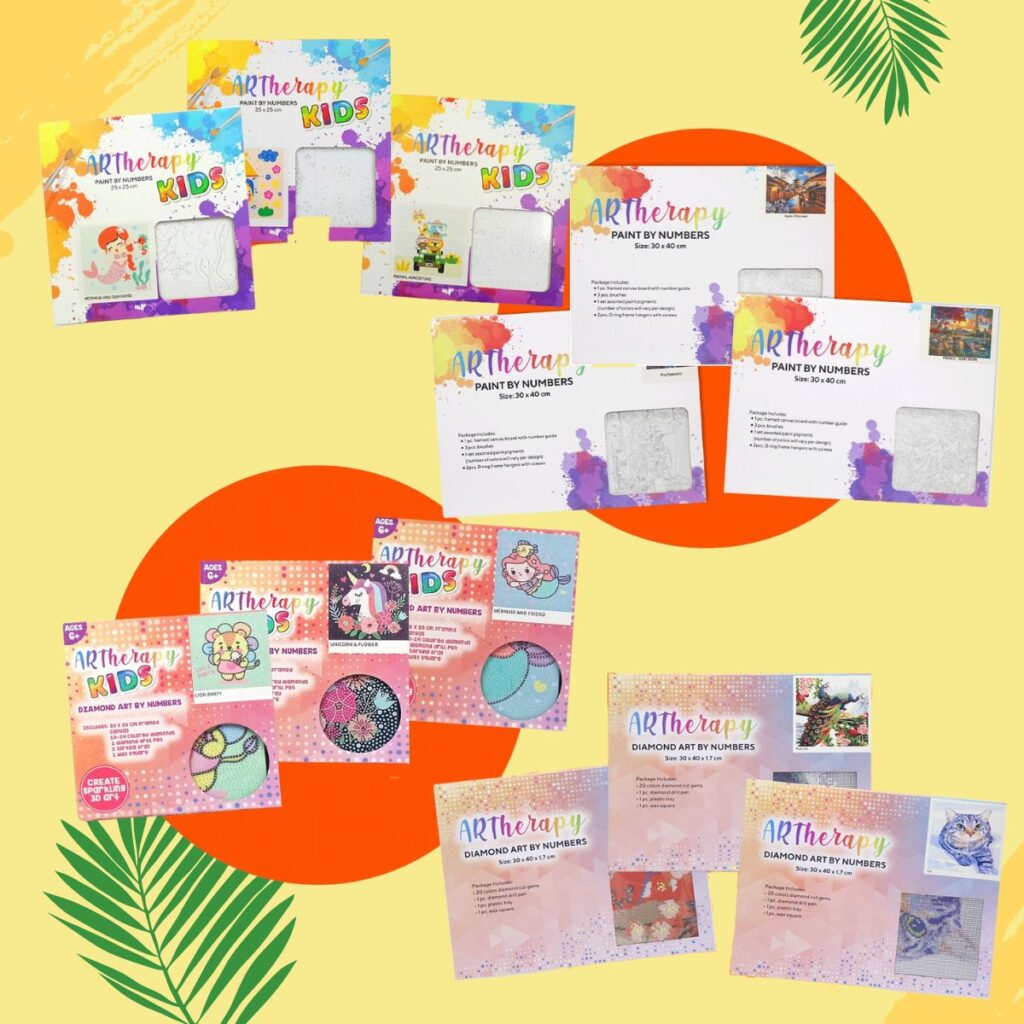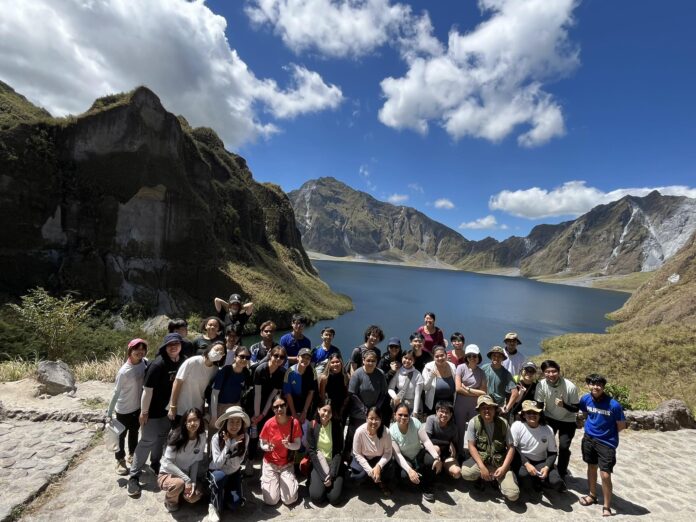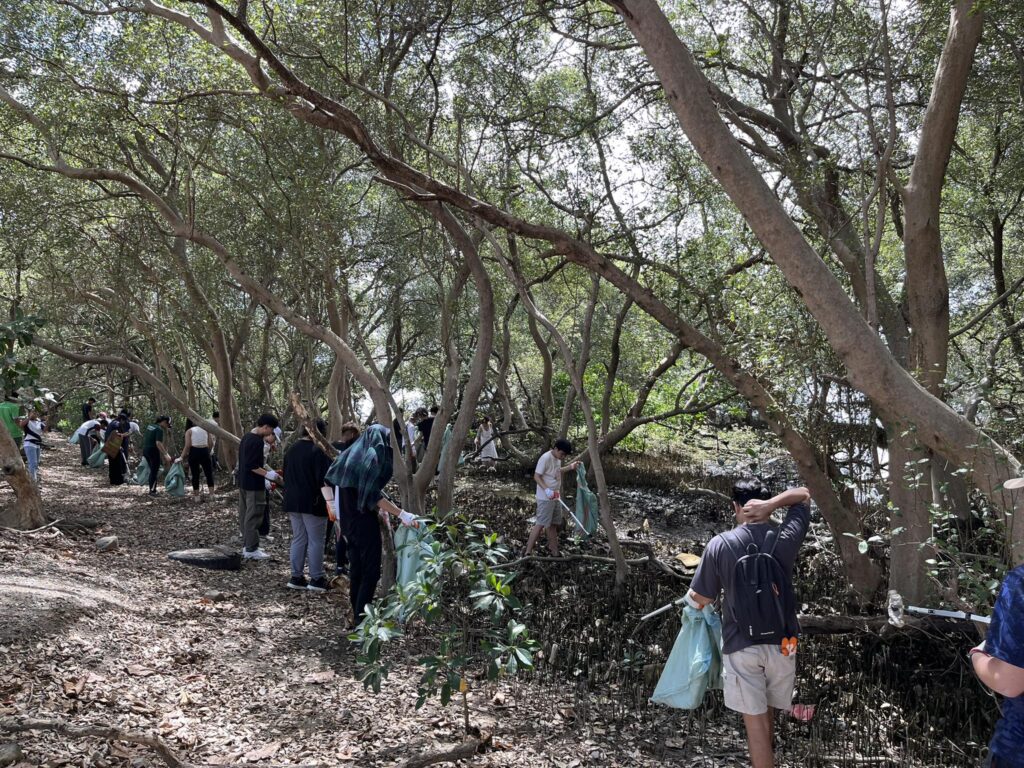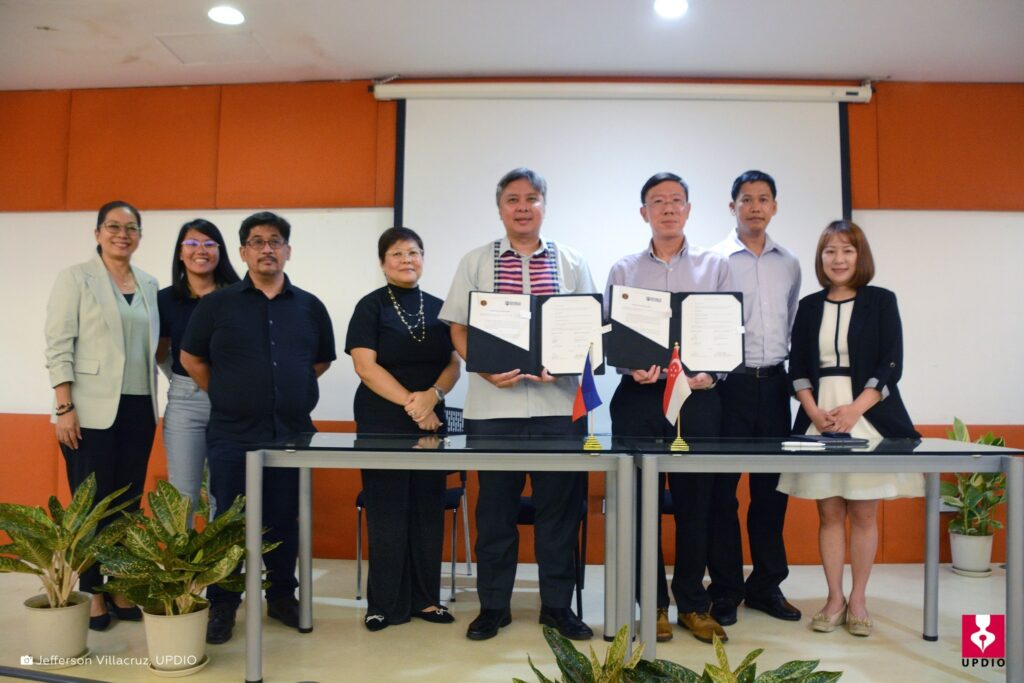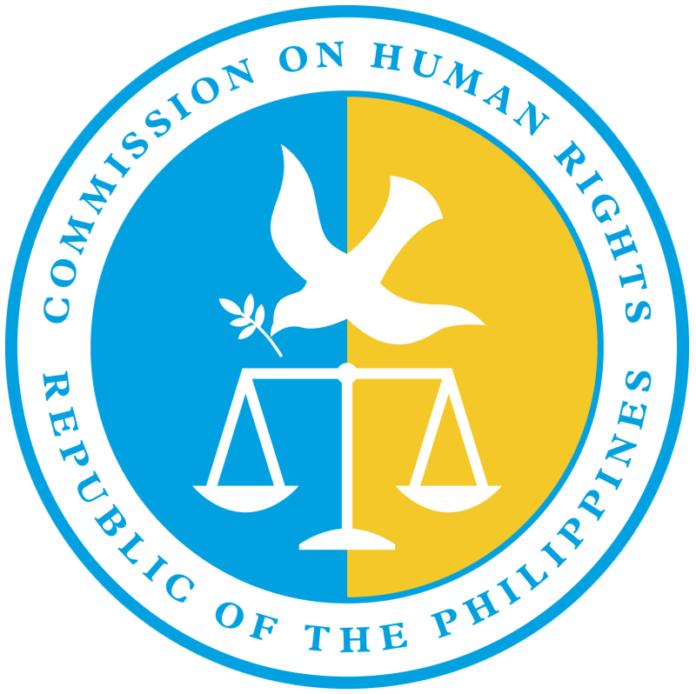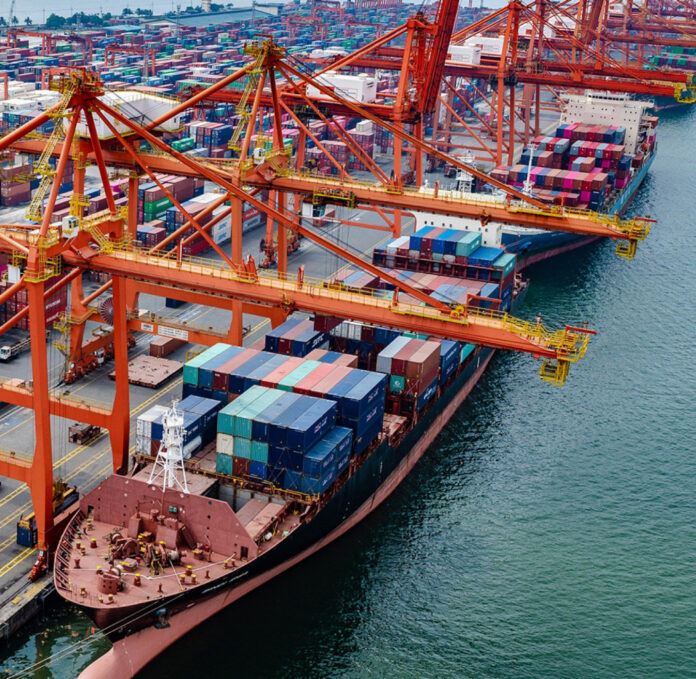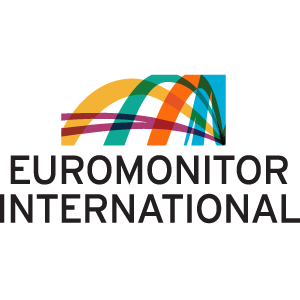Engr. Herman M. Lagon, Ph.D.
The Iloilo State University of Fisheries Science and Technology (ISUFST) and the Department of Agriculture-Western Visayas (DA WV) have reaffirmed their commitment to expand their collaborative efforts in agricultural research, extension, instruction, and production. This commitment was showcased during the turnover and ribbon-cutting ceremony of the Livestock Economic Enterprise Development (LEED) Program’s “Building Resilience in Developing Goat Multiplier Enterprise (BRIDGE)” project on Thursday, April 18, at the ISUFST Dingle Campus Agri Ecotourism Farm in Barangay Bongloy, Dingle, Iloilo.
Funded by a Php 2.5 million grant from the Department of Agriculture, the project aims to bolster local goat production and consumption. The Goat Multiplier Farm Project is specifically designed to improve the local community’s socio-economic conditions by promoting goat milk and meat. Key project activities include developing infrastructure like pastures and housing, acquiring livestock, and supplying necessary tools, equipment, and resources such as feeds, veterinary drugs, and biologics.
Dr. Nordy Siason, Jr., President of ISUFST, expressed the university’s readiness to intensify collaborations with the DA. “Rest assured, ISUFST is ready to share income or expenses with more DA-collab projects,” he stated. Dr. Siason also mentioned a corresponding equity of PhP 1.8 million for the Goat Multiplier Project and his commitment to dedicate his remaining years as president to improving the university’s agriculture program offered in the Dingle and San Enrique campuses. “That’s how we define collaboration and partnership,” he said.
Corollary to this, Dr. Siason also emphasized his plan to hire more faculty further and improve the program’s facilities. He also encouraged the community to campaign for goat’s meat and milk as consumption alternatives, including schools.
Meanwhile, Mr. Glenn L. Mariano, Assistant Division Chief of the Field Operations Division of DA WV, praised ISUFST’s efficiency in project implementation. “ISUFST is one of the benchmarks in the way they work with the Department of Agriculture,” Mariano remarked, adding, “That is why we encourage the school to look for more areas where we can collaborate for the development of our agriculture industry in the region.
Mariano further noted, “We are fourth in goat production in the Philippines, but consumption is low, so most of the production is exported to other regions. We need to promote goat consumption for meat and milk.” As of 2023, the consumption per capita (the amount each person, on average, consumes over a year) is half a kilo for goats, while it is 15 kilos and 14 kilos for pork and poultry, respectively.
“Soon, our central office will monitor and evaluate the project. This will be the marker for future availment of more projects with DA,” Mariano stated, expressing hope for the project’s impact on the community and potential platform for more DA-ISUFST partnerships. He represented DA on behalf of Undersecretary for Livestock Deogracias Victor Savellano and DA WV Regional Executive Director Dr. Dennis Arpa, due to prior appointments.
The ceremony also included a project overview by DA WV Livestock Program Report Officer Ms. Fernie Rose Dato-on, who highlighted the project’s dual focus on boosting local goat populations and improving community livelihoods.
The event was likewise attended by Dr. Noli Gerona, Dean of the College of Agriculture, who linked the project to the broader goals of the university in academics, extension, and research, enhancing the university’s overarching La Guerta Project’s scope beyond production.

